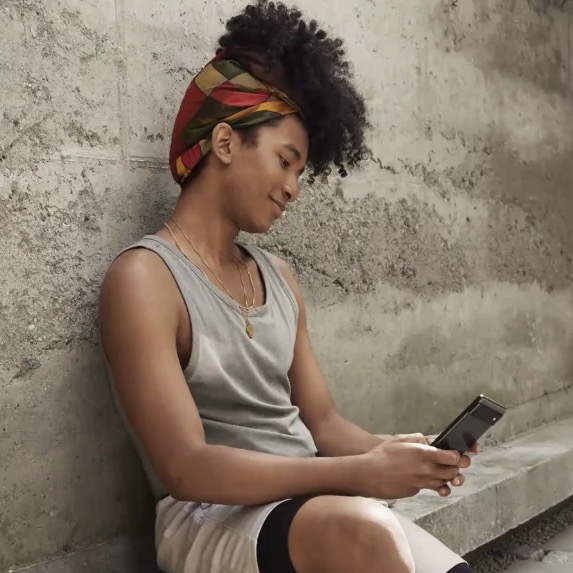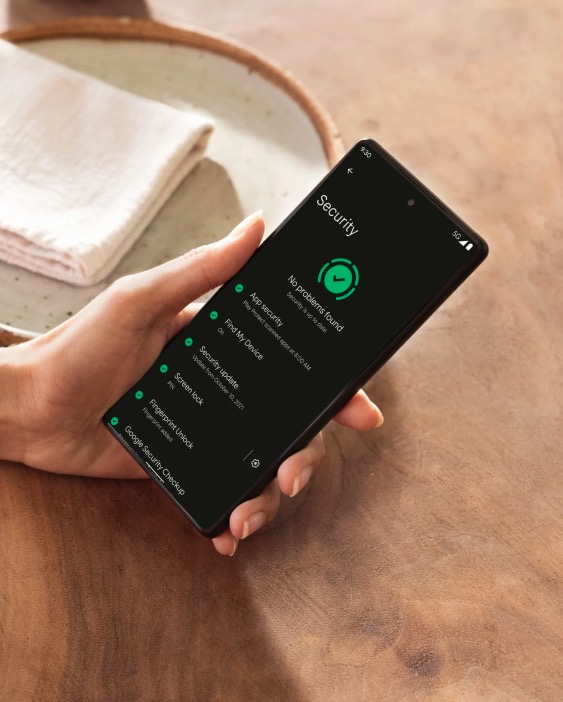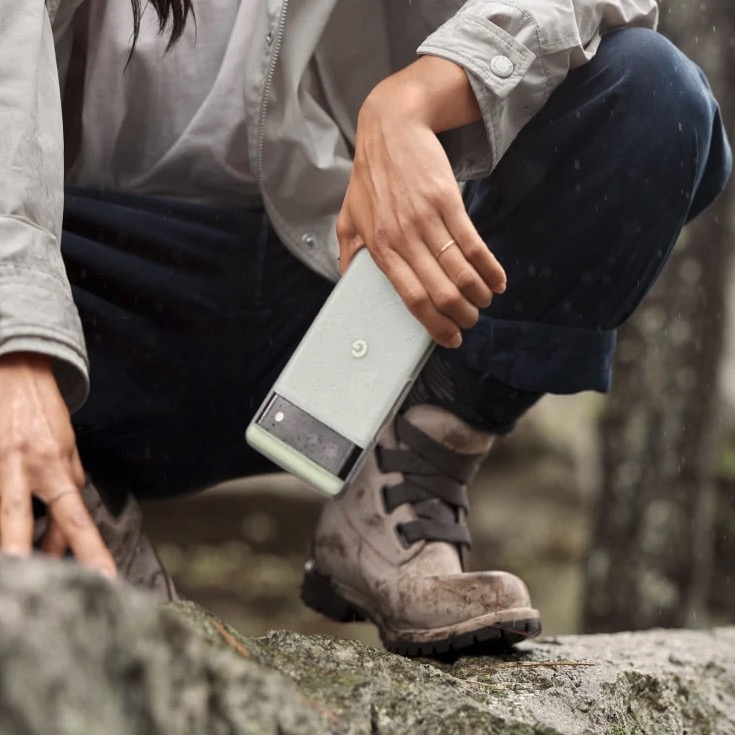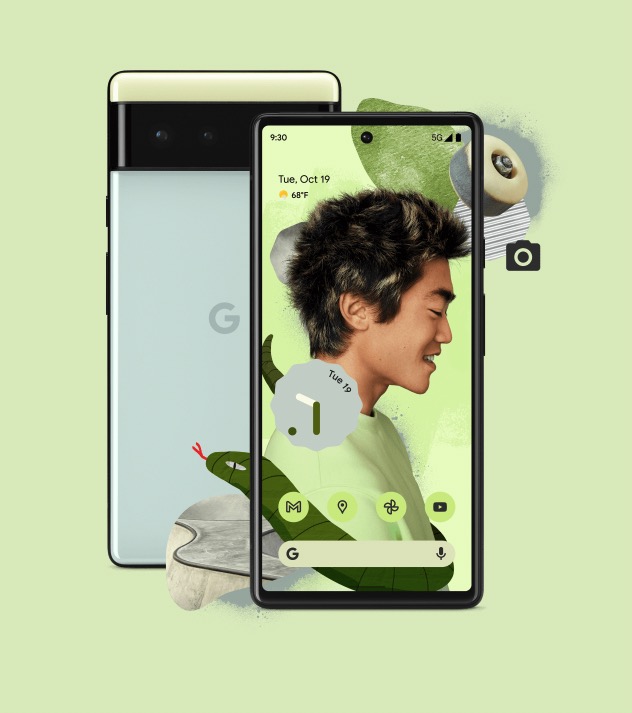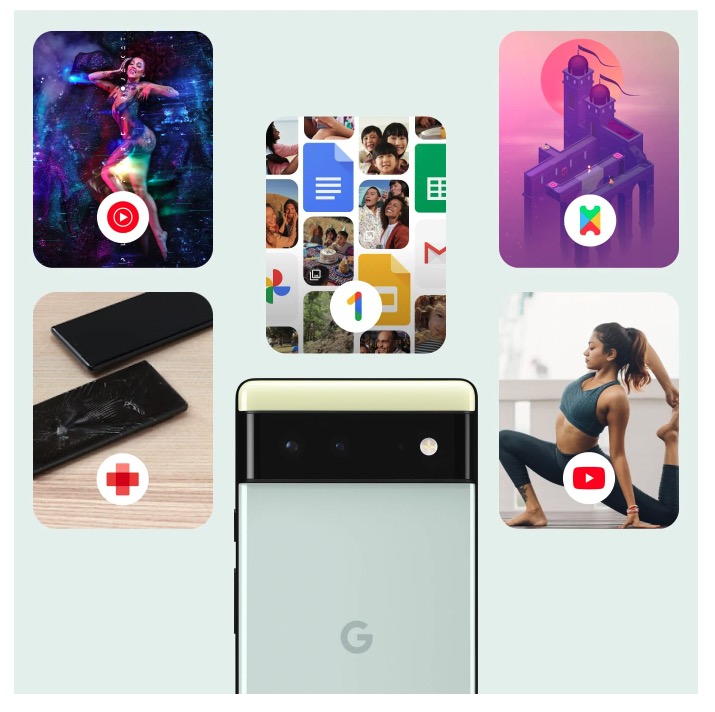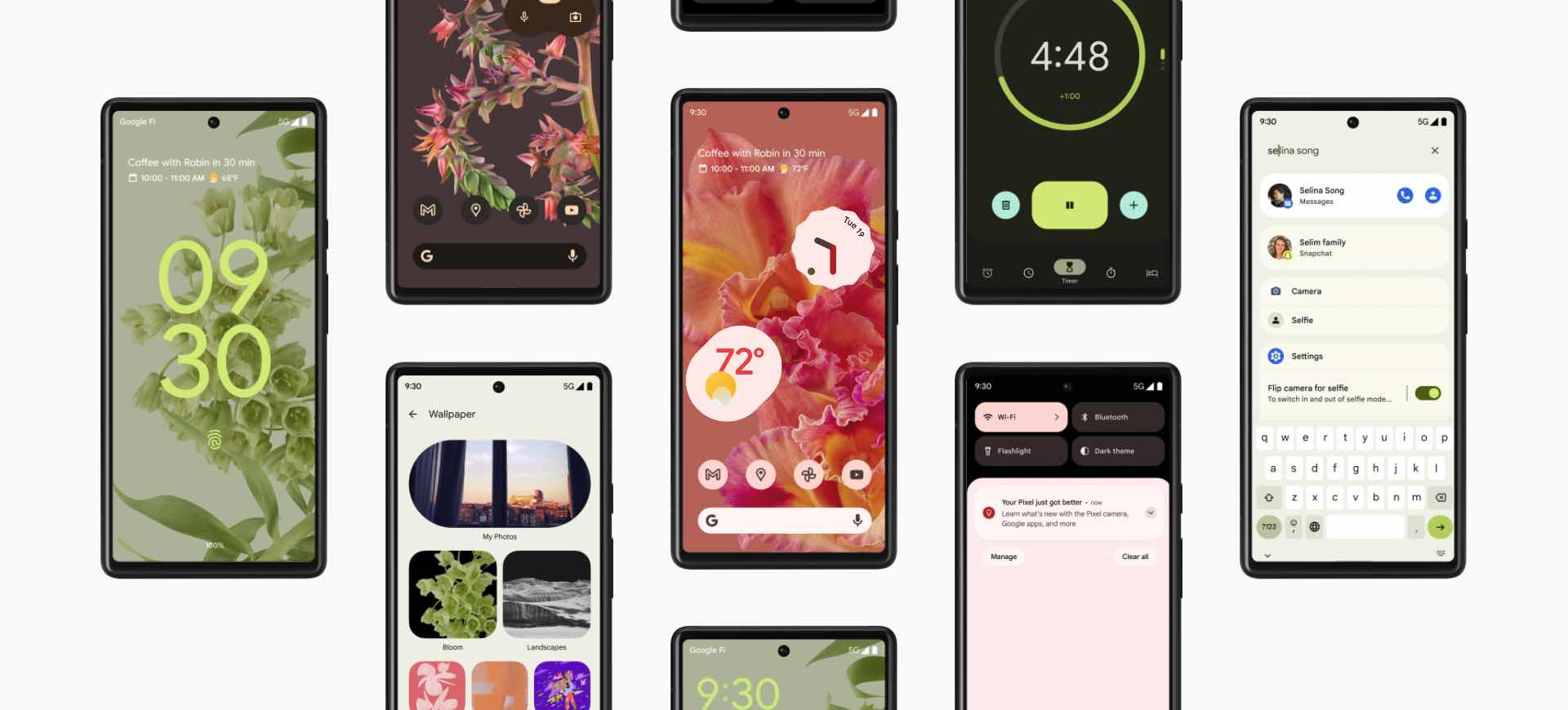Google has introduced the duo of Pixel 6 and 6 Pro phones, which are supposed to be the top of the range of phones with the Android operating system. The better, and bigger, model is of course the 6 Pro, but it can be measured more closely with the iPhone 13 Pro Max model. In contrast, the Pixel 6 is aimed directly at the iPhone 13 and has a very pleasant price tag. It definitely has a lot to offer in terms of functionality as well.
Design
Google went against the grain and conceived the necessary output for the camera assembly differently than all its competitors do. It thus stretches across the entire width of the back of the phone, even though it is equipped with only two cameras. There are three color variants, and Google names them as Sorta Seafoam, Kinda Coral and Stormy Black. The dimensions of the phone are 158,6 by 74,8 and 8,9 mm. Compared to the Pixel 6, the iPhone 13 is 146,7mm tall, 71,5mm wide and 7,65mm deep. However, Google indicates the thickness of its novelty with the output for cameras. Apple, on the other hand, does not include them in its iPhones. The weight is a relatively high 207g compared to 173g.
Display
Google Pixel 6 includes up to 90Hz 6,4" FHD+ OLED display with a fineness of 411 ppi and has the Always-On function. It offers a resolution of 1080 × 2400 pixels. The iPhone 13 has a smaller display, namely 6,1" with a resolution of 1170 × 2532 pixels, which means a density of 460 ppi. And, of course, it includes a cutout, whereas the Pixel 6 has a hole, and therefore does not have facial recognition, but "only" a fingerprint reader under the display. However, only an 8MP camera with an aperture of ƒ/2,0 is present. The iPhone 13 offers a 12MPx TrueDepth camera with an aperture of ƒ/2,2.
It could be interest you
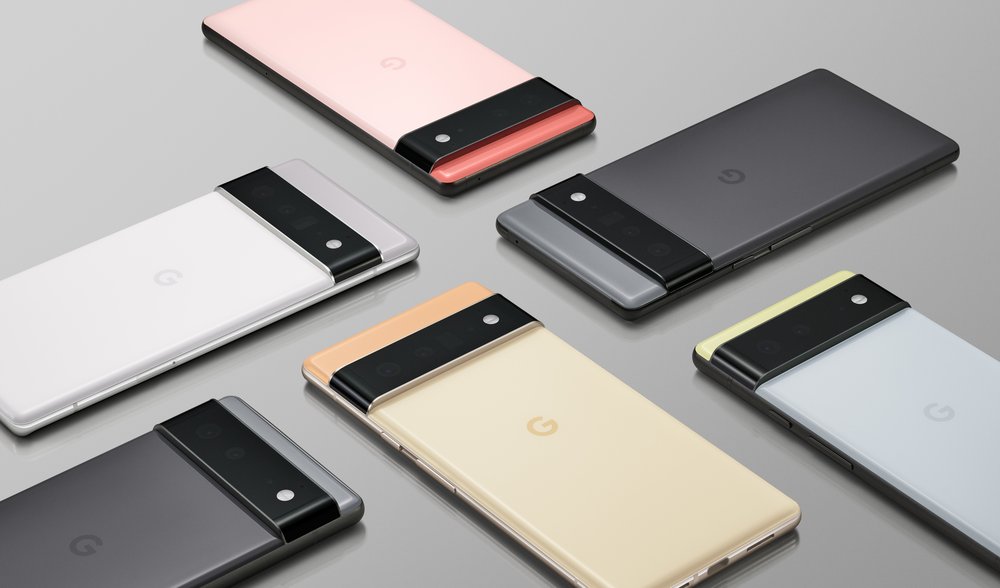
Performance
Following Apple's example, Google also went its own way and equipped the Pixel 6 with its own chipset, which it calls Google Tensor. It offers 8 cores and is manufactured using 5nm technology. 2 cores are powerful, 2 super powerful and 4 economical. There is also a 20-core GPU and a number of accompanying features to help with machine learning and other tasks. It is supplemented with 8GB of RAM. Internal storage starts at 13 GB, just like on the iPhone 128. In contrast, the iPhone 13 has an A15 Bionic chip (6-core chip, 4-core GPU). However, it has half the RAM, i.e. 4GB. It is extremely nice to see the effort of Google, which is trying to move forward with its chip. It also has great potential for future improvement.
Cameras
On the back of the Pixel 6 is a 50MP primary sensor with an aperture of ƒ /1,85 and OIS, and a 12MPx 114-degree ultra-wide lens with an aperture of ƒ/2,2. The assembly is completed with a laser sensor for automatic focusing. The Apple iPhone 13 offers a pair of 12MPx cameras. The wide-angle has an aperture of ƒ/1,6 and the 120-degree ultra-wide-angle has an aperture of ƒ/1,4, where the first mentioned has stabilization with sensor shift. We will have to wait for a photo comparison, and it will be interesting to see how Google coped with the quad-bayer sensor. Thanks to pixel merging, the resulting photos will not be 50 MPx, but will be somewhere in the range of 12 to 13 MPx.
It could be interest you
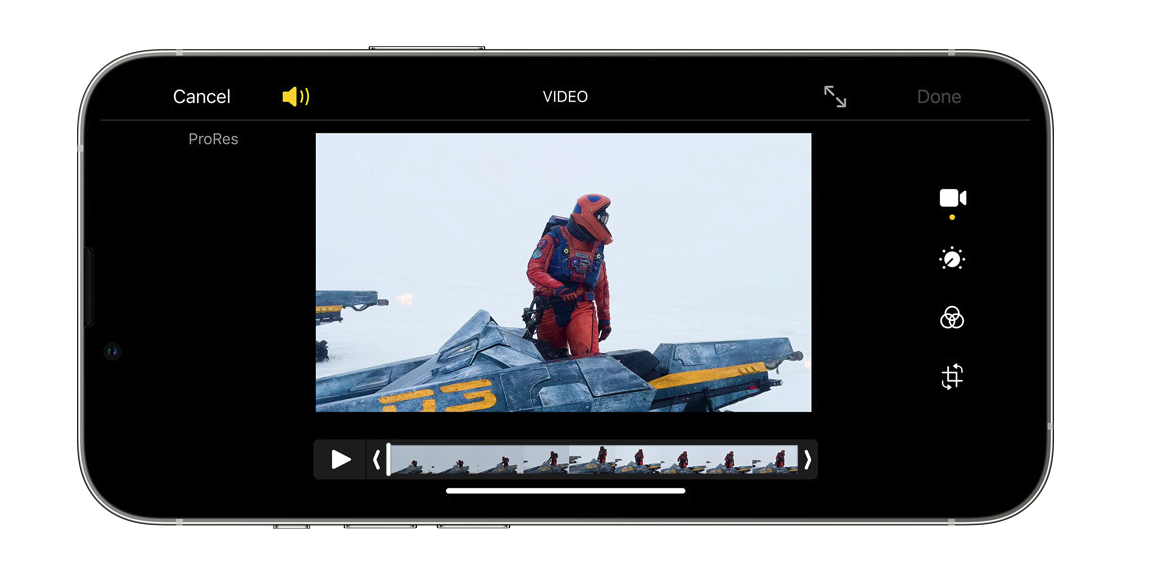
Battery
The Pixel 6 has a 4 mAh battery, which is clearly larger than the 614 mAh in the iPhone 3240. However, Google's novelty supports fast charging up to 13 W via USB-C, which beats the iPhone, which reaches a claimed maximum of 30 W. On the other hand, the iPhone 20 supports wireless charging up to 13 W (with the help of MagSafe, in the case of Qi it is 15 W), which, on the other hand, leads above the 7,5 W charging limit of the Pixel 12.
Other features
Both phones have IP68 water and dust resistance. The iPhone 13 is equipped with a durable glass that Apple calls Ceramic Shield, while the Google Pixel 6 uses Gorilla Glass Victus. But both glasses come from the same manufacturer, which is the American Corning. Both smartphones also support mmWave and sub-6GHz 5G. The Pixel 6 has Wi-Fi 6E and Bluetooth 5.2, while the iPhone has Wi-Fi 6, Bluetooth 5, but also adds UWB support, which the Pixel lacks.
It's worth remembering that, as with most Android vs. iPhone comparisons, looking at their "paper" specs is only one part of the puzzle. Of course, a lot will depend on how well Google manages to debug the system. But since he is developing it himself, it could turn out well. It is a pity that the company does not have an official representative in the Czech Republic. If you are interested in its products, you have to rely on imports or travel abroad for them. However, Czech stores have already priced the news. The Google Pixel 6 will cost you CZK 128 in its 17GB version. In contrast, the Apple iPhone 990 costs CZK 13 with the same memory capacity.
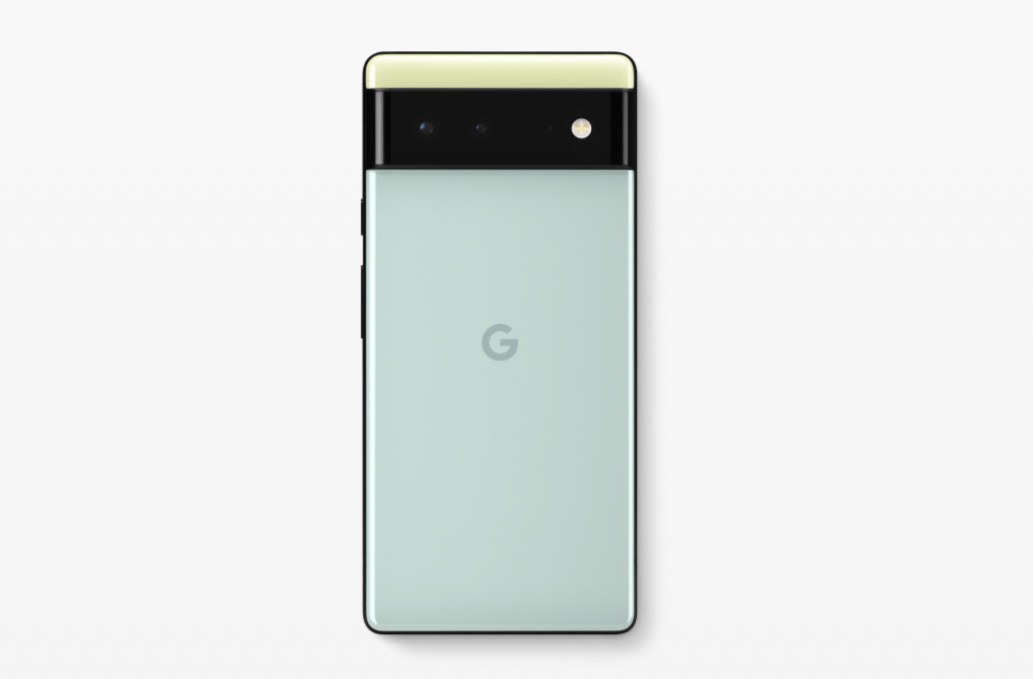
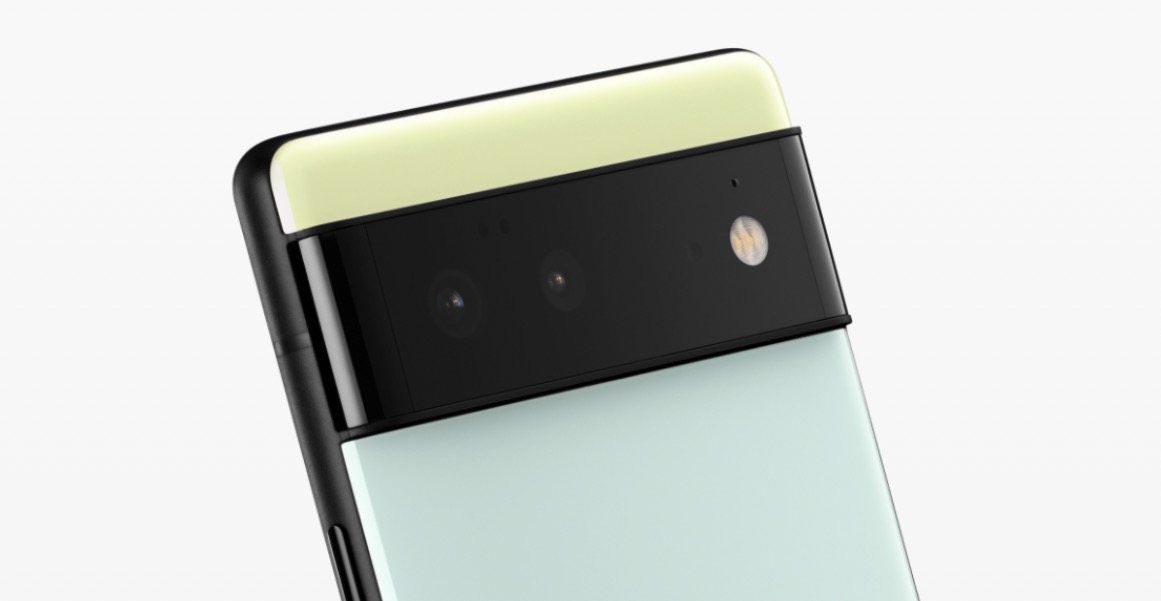


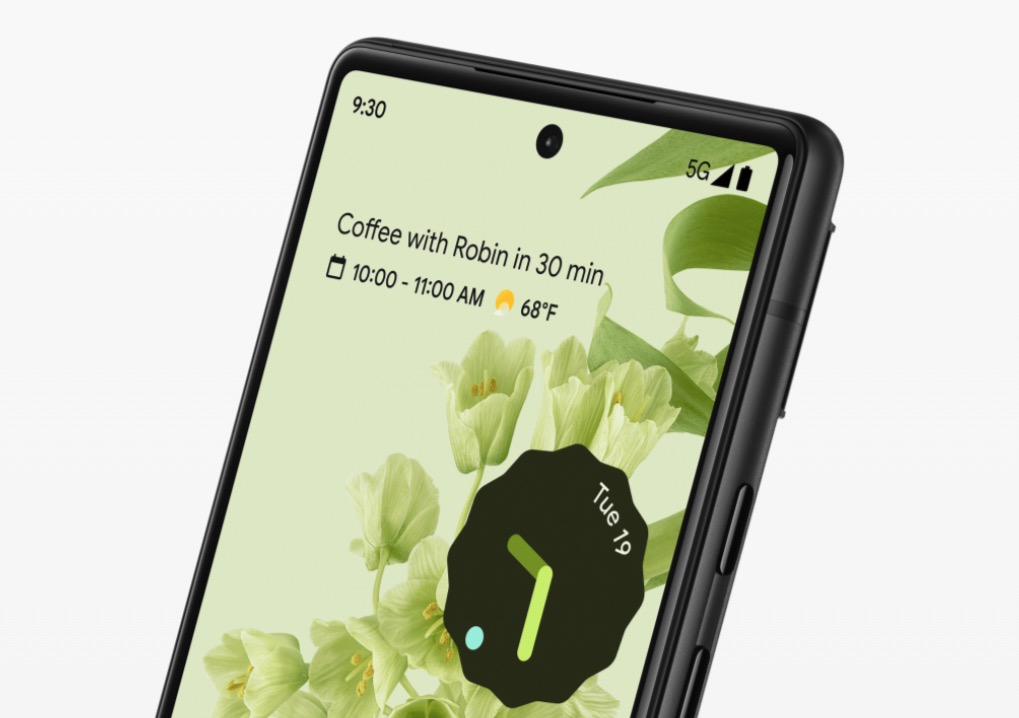
 Adam Kos
Adam Kos 
